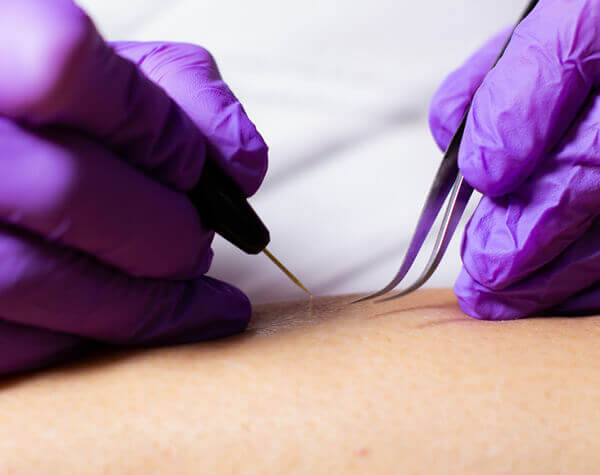
September 16, 2024
Moles Signs And Symptoms And Reasons
Mole Problems Licensed Dermatology People might error a dysplastic mole as an indication of skin cancer. A dysplastic nevus is a sort of benign mole that appears various from usual moles. Many melanocytes remain in the skin, and cancer malignancy can happen on any type of skin surface. It can establish from an usual mole or dysplastic mole, yet regularly it establishes in a location of evidently typical skin. Furthermore, melanoma can likewise create in the eye (called uveal cancer malignancy), under the nail, the gastrointestinal system, and other locations of the body. Individuals with dysplastic nevi ought to have their skin taken a look at by a medical professional routinely (2, 4).When To Be Concerned Concerning Moles
We encourage normal skin checks and can provide expert advice and therapy for brand-new or existing mole issues. If you have dysplastic moles or more than the regular variety of moles, you're at enhanced risk for skin cancer cells. Call us to figure out exactly how typically you ought to be evaluated to ensure that any kind of worrisome modifications can be attended to right away. Moles and skin developments are a type of pigmented mark that can appear anywhere on the body.Which Are The Skin Moles To Bother With?
These cells are called melanocytes, and they make the pigment that offers skin its natural color. Moles may darken after exposure to the sun, during the teenager years, and while pregnant. Congenital nevi are moles that are present at birth. These moles are a little most likely to turn into cancer malignancy (cancer) than are moles that show up after birth.What to Know About Moles, and When to Worry - Health Matters
What to Know About Moles, and When to Worry.
Posted: Wed, 26 Jun 2019 07:00:00 GMT [source]
Keeping Your Moles Healthy
- Dr. Poblete-Lopez advises doing skin self-checks once a month.
- Skin cancer cells can spread to other organs if it's not caught early, and one method to capture it is to recognize an uncommon mole.
- Continue reading to figure out more concerning when a mole is normal and when it's a worry.
- Moles that show up in their adult years needs to constantly be checked by a physician.
- If a dermatologist thinks a melanocytic nevus needs to be reviewed even more to discover whether it is malignant, they will certainly perform a biopsy.
- " If you have a mole that began as brown in color and all of a sudden has black or red (or both) in it, you ought to get it had a look at by your skin specialist," she claims.
Is it typical for moles to change in look?
Signs and symptoms and attributes to look out for include: increased or level form, usually with irregular shape and borders,'occasionally on an existing or brand-new mole. brown, black, tan, red, blue, and even white, frequently a darker shade of a person's regular complexion. slow adjustments, frequently throughout months or years. The moles that are of medical problem are those that look various than other existing moles on your body (described as the & #x 201c; unsightly duckling indicator & #x 201d;-RRB- or those that show up on your skin after
Social Links